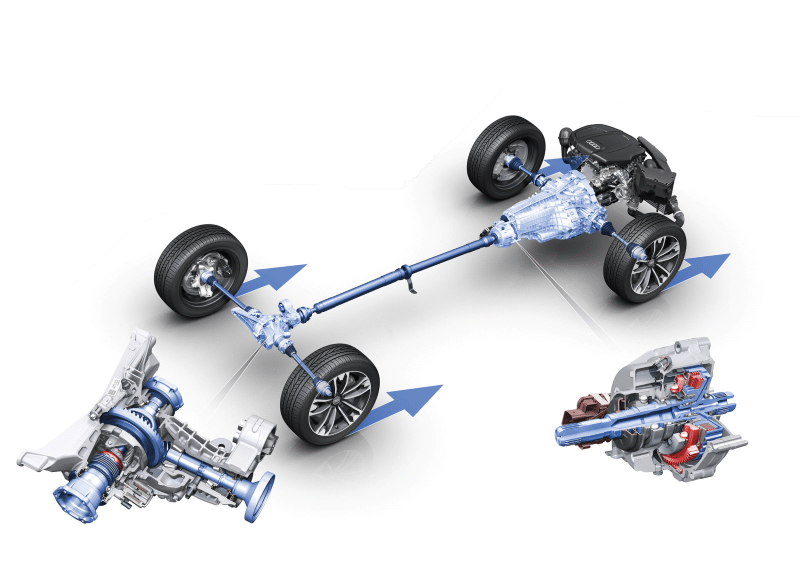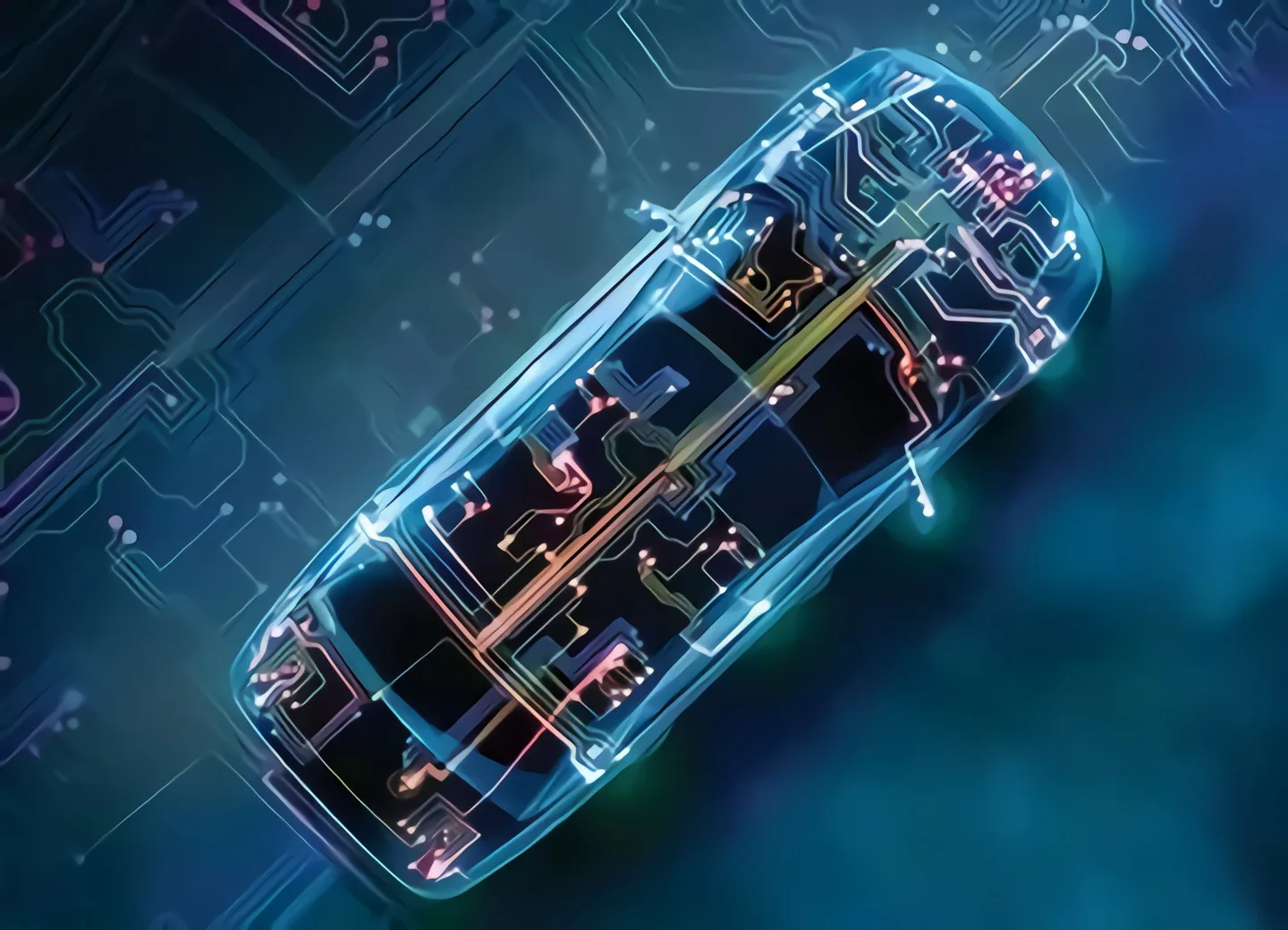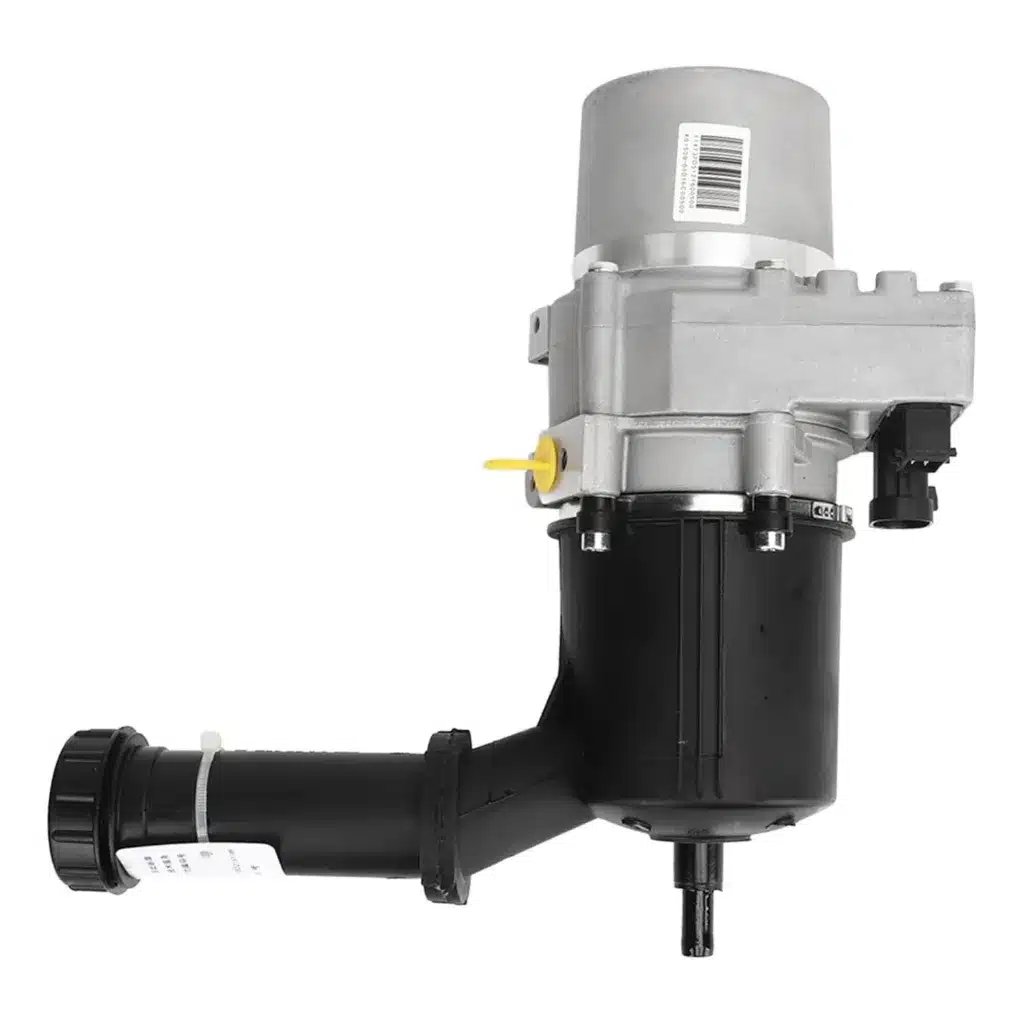Last Updated on 2025-06-24 by Car Parts Expert
In modern automotive technology, the steering system is a core component of vehicle control, and its performance directly determines the convenience, safety and comfort of driving. From the early mechanical steering system to the widely used electric power steering system (EPS) today, steering technology has experienced significant development and progress. This article will deeply explore the basic principles, development history, main types, key technologies and future development trends of automobile steering systems.
1. Basic principles of steering system
The basic function of the automobile steering system is to change the driving direction of the vehicle through a series of mechanical or electronic devices according to the driver’s control intention. This process involves several key components working together, including the steering wheel, steering column, steering gear, steering transmission mechanism and possibly power assist.
1.1 Steering wheel and steering column
The steering wheel is the direct interface between the driver and the vehicle’s steering system. By turning the steering wheel, the driver can input steering commands. The steering column is responsible for transmitting the rotational motion of the steering wheel to the subsequent steering mechanism. Modern steering wheels usually integrate a variety of control functions, such as audio adjustment, cruise control, etc., to improve driving convenience.
1.2 Steering gear
The steering gear is the core component of the steering system, responsible for converting the rotational motion of the steering wheel into the steering motion of the wheels. Common steering gear types include rack and pinion, recirculating ball and worm crank finger pin. Different types of steering gears have different structural characteristics and performance, and are suitable for different models and application scenarios.
1.3 Steering transmission mechanism
The steering transmission mechanism is responsible for transmitting the output force of the steering gear to the wheels, causing the wheels to deflect according to the driver’s intention. This process may involve components such as tie rods, ball joints, and steering knuckles. The design and arrangement of the steering transmission mechanism have an important impact on the vehicle’s handling performance and driving stability.
2. Development process of steering system
The development process of automobile steering systems can be roughly divided into the following stages:
2.1 Mechanical steering system
Early cars generally used mechanical steering systems, which relied entirely on the driver’s physical strength to overcome steering resistance. This system has a simple structure and reliable operation, but the steering operation is laborious and the power assist function cannot be achieved.
2.2 Hydraulic Power Steering System (HPS)
With the development of the automobile industry, hydraulic power steering systems emerged as the times require. This system generates hydraulic pressure through a hydraulic pump to provide power assistance to the steering system, significantly reducing the driver’s steering burden. However, hydraulic power steering systems have shortcomings such as high energy consumption and slow response speed.
2.3 Electric Power Steering (EPS)
In recent years, electric power steering systems have gradually become mainstream. The EPS system uses electric motors to provide steering assistance and has the advantages of low energy consumption, fast response, and easy integration of intelligent control algorithms. With the continuous advancement of electronic technology, the performance of EPS systems has been significantly improved, becoming the preferred solution for modern automobile steering systems.

3. Main types of steering system
Car steering systems can be divided into various types according to different power assistance methods and structural characteristics:
1. Mechanical steering system
The mechanical steering system does not rely on external power-assisted devices and relies entirely on the driver’s physical strength and the mechanical transmission mechanism to achieve steering. This system has a simple structure and reliable operation, but the steering operation is laborious and is suitable for small vehicles or specific application scenarios.
2. Hydraulic Power Steering System (HPS)
The hydraulic power steering system uses a hydraulic pump to generate hydraulic pressure to provide power to the steering system. This system has the advantages of large steering force and good stability, but it has high energy consumption and slow response speed. With the development of electric power steering systems, the application of hydraulic power steering systems has gradually decreased.
3. Electric Power Steering (EPS)
The electric power steering system uses an electric motor to provide steering assistance and has the advantages of low energy consumption, fast response speed, and easy integration of intelligent control algorithms. The EPS system can adjust the power assist in real time based on vehicle speed, steering angle and other parameters to improve driving comfort and safety. At present, the EPS system has become the mainstream solution for modern automobile steering systems.
4. Key technologies of steering system
The performance of the automobile steering system depends on the comprehensive application of multiple key technologies:
4.1 Enabling technology
Power-assisted technology is one of the core components of the steering system. Through hydraulic power assistance or electric power assistance, the driver’s steering burden can be significantly reduced and driving comfort improved. With the development of electronic technology, intelligent assist technology has gradually become a research hotspot, which can adjust the assist level in real time according to the driver’s intention and vehicle status.
4.2 Sensing and detection technology
Sensing and detection technology is the basis for realizing intelligent control of the steering system. By integrating a variety of sensors (such as torque sensors, angle sensors, etc.), the status of the steering system and the driver’s control intentions can be monitored in real time, providing accurate data support for intelligent control algorithms.
4.3 Control algorithm and optimization technology
Control algorithms and optimization technologies are the keys to improving steering system performance. By adopting advanced control strategies and optimization algorithms, precise control and optimal distribution of steering assist can be achieved, improving the response speed and stability of the steering system. At the same time, it can also make adaptive adjustments based on the vehicle status and driver’s intentions to achieve a personalized driving experience.
5. Future development trends of steering system
With the rapid development of the automobile industry and the changing needs of consumers, automobile steering systems are developing in a more intelligent, integrated and personalized direction:
5.1 Intelligent control
In the future, steering systems will pay more attention to the application of intelligent control technology. By integrating advanced sensors, controllers, actuators and other components, real-time monitoring and intelligent control of the steering system are achieved. At the same time, it can also be combined with advanced technologies such as the Internet of Vehicles and big data to realize functions such as remote monitoring, fault diagnosis, and predictive maintenance.
5.2 Integrated design
With the continuous improvement of automobile electronics, the steering system is gradually integrated with other electronic systems. For example, the steering system is combined with the braking system, suspension system, etc. to form a more compact and efficient integrated chassis system. This design can not only improve the vehicle’s handling performance and driving stability, but also reduce manufacturing costs and reduce vehicle weight.
5.3 Personalized customization
In the future, steering systems will also pay more attention to the development of personalized customized services. By collecting and analyzing data such as consumers’ driving habits and preferences, we can provide users with customized steering system solutions that better suit their needs. For example, parameters such as power assist and steering wheel feel can be adjusted according to the user’s driving style and physical condition to achieve a more personalized driving experience.
6.Core component of vehicle control
As a core component of vehicle control, the performance of the automobile steering system directly determines the convenience, safety and comfort of driving. With the continuous development of electronic technology and intelligent control technology, automobile steering systems are developing in a more intelligent, integrated and personalized direction. In the future, we can expect more advanced and efficient steering systems to bring drivers a more pleasant and safer driving experience. At the same time, with the improvement of environmental awareness and the development of new energy vehicles, the steering system will also play a more important role in energy conservation, emission reduction and sustainable development.
7.More car parts
If want to learn more about automobile parts,please check the below articles:
1-Peugeot car parts: comprehensive analysis and classification
2- comprehensive exploration and analysis of car engine parts
3-In-depth analysis of car transmission system accessories
4-Automobile braking system and accessories in-depth analysis








